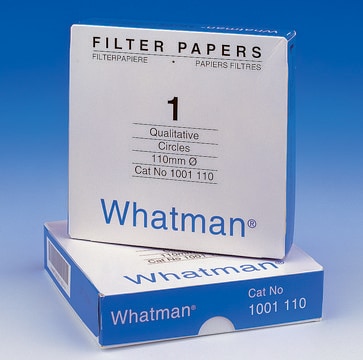CACO-2 Cell Line human
86010202, human colon (Caucasian colon adenocarcinoma), Epithelial
Sinónimos:
Caco 2 Cells, Caco-II Cells, Caco2 Cells
About This Item
Productos recomendados
product name
CACO-2 Cell Line human, from human colon(Caucasian colon adenocarcinoma), 86010202
biological source
human colon (Caucasian colon adenocarcinoma)
growth mode
Adherent
karyotype
Hypertetraploid, modal no. 96
morphology
Epithelial
products
Not specified
receptors
Not specified
technique(s)
cell culture | mammalian: suitable
relevant disease(s)
cancer
shipped in
dry ice
storage temp.
−196°C
General description
Cell Line Origin
Cell Line Description
Application
- to study if components of the sigma B regulon in Listeria monocytogenes contribute to cell invasion
- for functional analysis of bacteriocin divercin AS7
- to study the intracellular invasion by Listeria ivanovii
- to study the effect of Maslinic acid, a pentacyclic triterpene, on colon cancer cell lines
- in in vitro digestive enzymes toxicity studies
- for Hazara virus infection and cultivation
- to test the anti-cancer activity of the Curcuma longa and Origanum marjorana
- in biocompatibility studies with the bark extracts of Salix spp.
- to test the effect of N-3-oxo-dodecanoyl-homoserine (3O-C12-HSL) lactone from P.aeruginosa on the mitochondrial functionality
- to test the effect of elastin-like recombinamer (ELR) based nanoparticle
- as an in vitro epithelial cell model for studying the toxicity of zinc oxide nanoparticle
- in the intestinal permeability assays with green rooibos extract
- in toxicity studies with mycotoxin Deoxynivalenol (DON) cadmium (Cd)
DNA Profile
CSF1PO: 11
D13S317: 11,13,14
D16S539: 12,13
D5S818: 12,13
D7S820: 11,12
THO1: 6
TPOX: 9,11
vWA: 16,18
Culture Medium
Subculture Routine
Other Notes
Related product
Certificados de análisis (COA)
Busque Certificados de análisis (COA) introduciendo el número de lote del producto. Los números de lote se encuentran en la etiqueta del producto después de las palabras «Lot» o «Batch»
¿Ya tiene este producto?
Encuentre la documentación para los productos que ha comprado recientemente en la Biblioteca de documentos.
Artículos
DNA, RNA, cDNA derived from ECACC mammalian cell lines allow screening for genes or expression patterns to identify lines most suitable for specific research.
Nuestro equipo de científicos tiene experiencia en todas las áreas de investigación: Ciencias de la vida, Ciencia de los materiales, Síntesis química, Cromatografía, Analítica y muchas otras.
Póngase en contacto con el Servicio técnico



